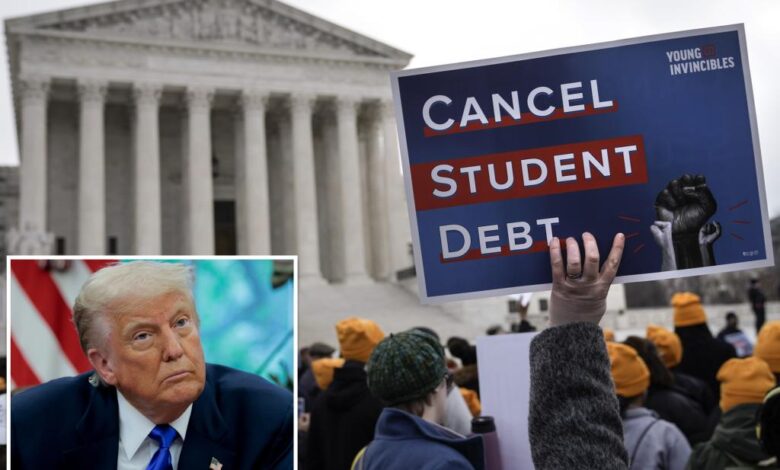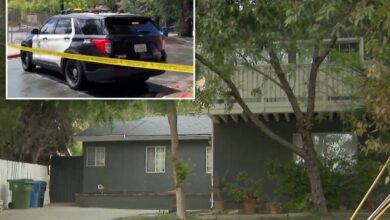Trump administration restarts involuntary collections on student loan debt

The Department of Education has recently made the decision to resume collections on defaulted federal student loans, after a pause that began in March 2020 due to the COVID-19 pandemic. This move is expected to impact approximately 5.3 million borrowers who are currently in default on their federal student loans.
Education Secretary Linda McMahon emphasized the importance of colleges and universities taking responsibility for ensuring that taxpayers are not left to cover unpaid debts. McMahon expressed concerns about the rising tuition rates and the lack of accountability in higher education institutions, which have led to students being burdened with significant debt without guaranteeing a valuable degree.
To address these issues, McMahon announced plans to publish the names of schools with the highest student loan default rates. This transparency aims to hold institutions accountable for their role in guiding students towards successful loan repayment and ensuring that graduates are well-prepared for the job market.
In a proactive measure, approximately 195,000 defaulted student loan borrowers have already received a notice from the Department of Treasury, informing them that their federal benefits will be subjected to the Treasury Offset Program. This program collects debts by garnishing federal and state payments, such as federal tax refunds. Offsets are set to begin in early June, with administrative wage garnishment following later in the summer for all 5.3 million defaulted borrowers.
In addition to resuming collections, McMahon issued a “Dear Colleague Letter” to higher education institutions, reminding them of their obligation to support student loan borrowers under the Higher Education Act of 1965. The letter calls on universities to enhance efforts in advising and counseling students on borrowing responsibly and to provide clear information on loan repayment through counseling sessions.
Furthermore, colleges and universities have been warned that they could lose eligibility for federal student assistance if student loan defaults exceed certain thresholds. Institutions are urged to engage in proactive outreach to former students who are delinquent or in default on their loans to avoid high default rates that could jeopardize their access to federal student aid.
Looking ahead, the Education Department will begin publishing loan non-payment rates by university, aiming to increase transparency and accountability in the federal student loan programs. This data will be made public later this month, highlighting institutional success in counseling borrowers and assisting them in achieving good standing on their loans.
Overall, the Trump administration is committed to overseeing federal student loan programs with fairness and integrity, ensuring that students, institutions, and taxpayers are all served equitably. By holding colleges accountable and providing greater transparency, the administration seeks to improve loan repayment outcomes and promote financial responsibility among borrowers and institutions alike.





